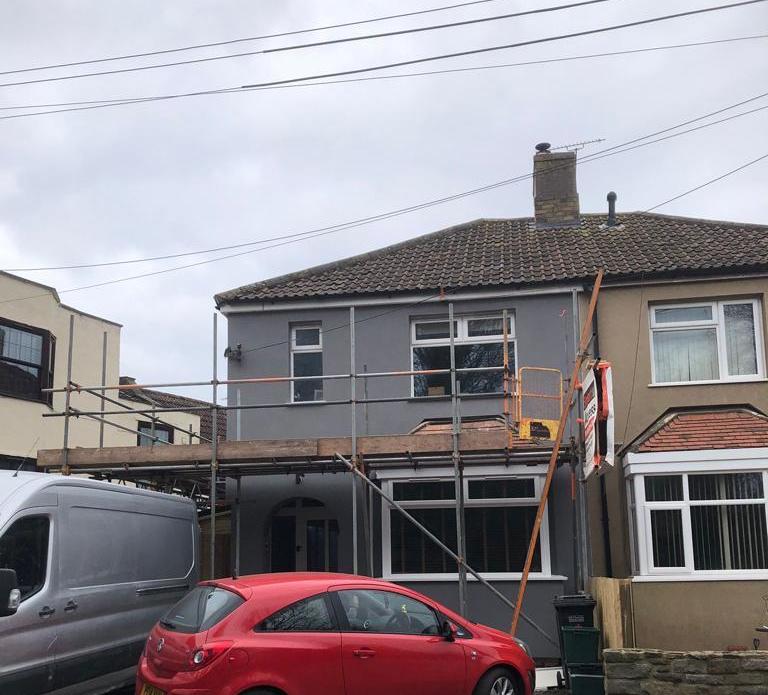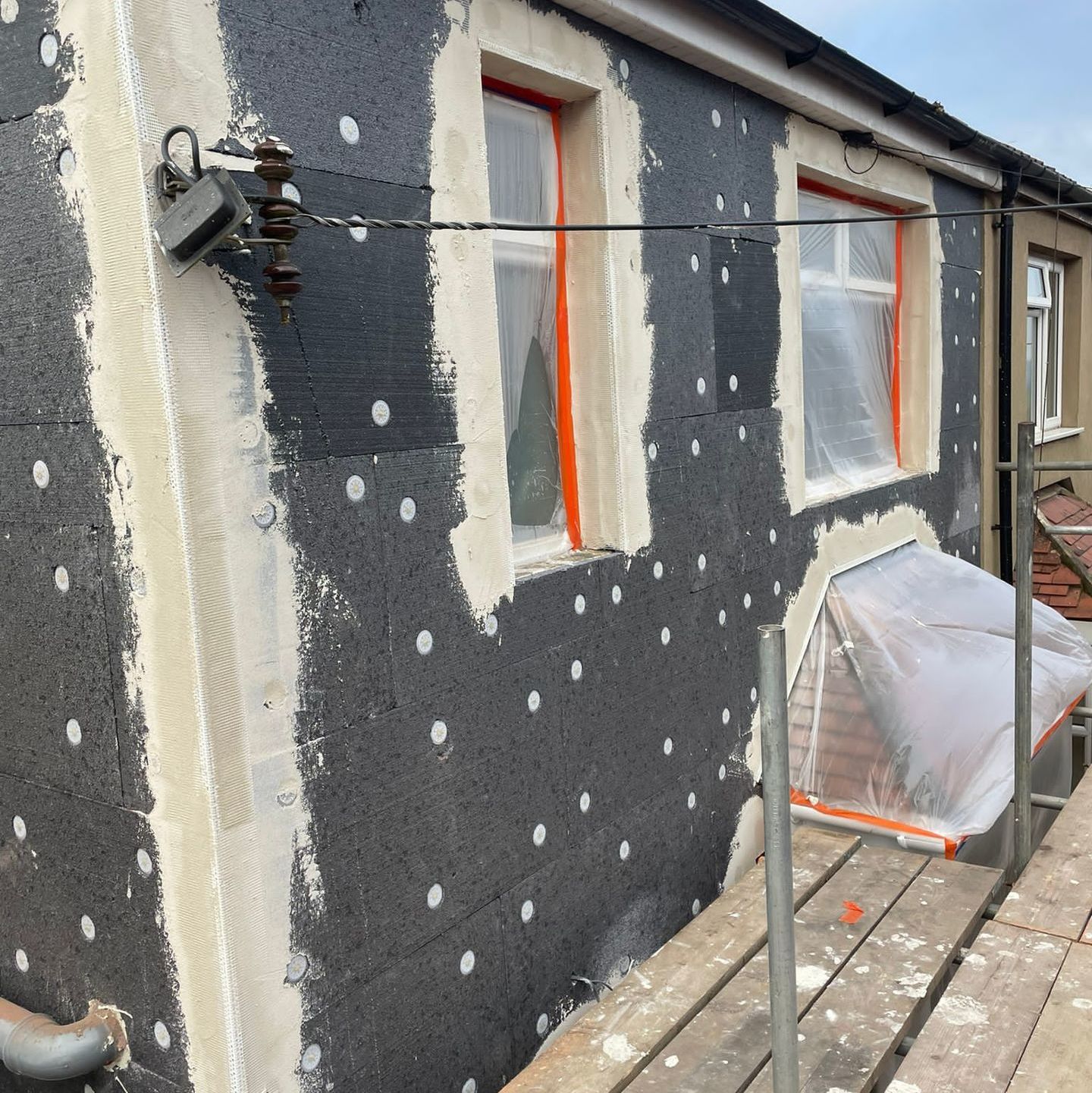What Is External Wall Insulation: What You Need to Know
Posted on 23rd August 2023 at 20:17

Insulation inside walls keeps our homes cozy and energy-efficient. But have you ever considered insulating the outside of your home? Enter external wall insulation. Adding insulation to your house's exterior walls can reduce heat loss, noise pollution and dampness. Discover how external wall insulation can help you save energy and money.
What Is External Wall Insulation?
EWI (external wall insulation) insulates the outside walls of buildings to improve energy efficiency. Both new construction projects and older buildings that need renovations or upgrades can benefit from it.
How Does External Wall Insulation Work?
In exterior wall insulation, a layer of insulation material is applied to the exterior walls, then a weather-resistant finish is applied. It'll improve your building's insulation, reduce heat loss and minimise thermal bridges.
Considerations Before Installing External Wall Insulation
Take into account the building's existing walls, their structural integrity and any damp issues. Buildings with historical significance or older buildings may need special permission to use external wall insulation.
External wall insulation costs can vary depending on a lot of things. Among them are the size and complexity of the building, the insulation material used and whether more work is needed, like rendering. The upfront costs might seem high, but you'll save on energy bills. Government grants and funding schemes can also help offset some of the installation costs.
Seamless Rendering Solutions by The Rendering Company
Precision, innovation and top-notch craftsmanship are what you can expect from The Rendering Company. So whether you're insulating your external walls for better thermal performance or seeking expert solutions in swimming pool render and liquid screed application, The Rendering Company stands as your trusted partner, ready to deliver the best external wall insulation. Contact us today!
Frequently Asked Questions
What is the purpose of exterior insulation?
The purpose of exterior insulation is to make buildings more energy efficient and comfortable. Furthermore, exterior insulation can improve a house's durability.
What is an example of external wall insulation?
One example of external wall insulation is insulated render systems. These systems consist of a layer of insulation material fixed to the existing external walls with adhesive or mechanical fixings.
How long does it take to install external wall insulation?
The time it takes to install external wall insulation depends on a lot of things. In general, though, it takes two to six weeks to install.

Should I get external wall insulation or internal wall insulation?
If you're deciding between external and internal wall insulation, you should consider factors like the age and type of your house, your budget and your aesthetic preferences. The pros can give you great advice based on your needs.
Can external wall insulation be applied to all types of buildings?
External wall insulation can benefit a lot of buildings. It can be beneficial whether you live in a detached house, a semi-detached property or an apartment building.
Are there any specific maintenance requirements for external wall insulation?
External wall insulation requires regular maintenance to keep it in good condition. With a soft brush or sponge and mild soap or detergent, you can get rid of these contaminants and ensure optimal insulation. It's also important to inspect for damage.
Can external wall insulation help to increase the energy efficiency rating of a building?
By minimising heat loss through walls, eliminating thermal bridging and improving air-tightness, external wall insulation can dramatically improve a building's energy efficiency rating.
Tagged as: External Wall Insulation
Share this post:
